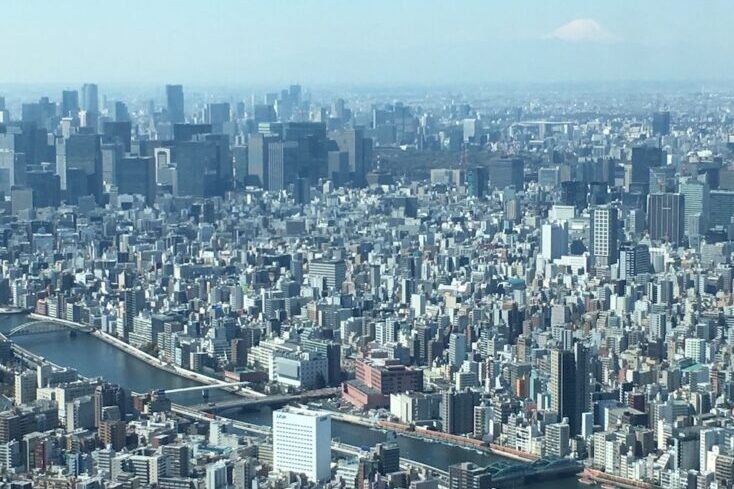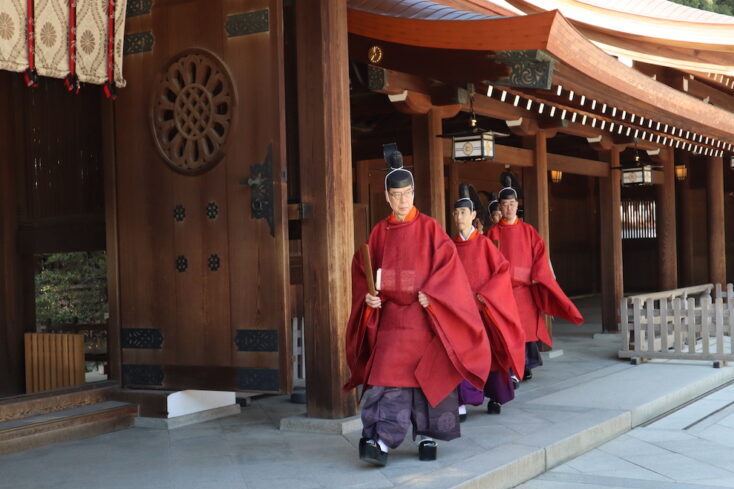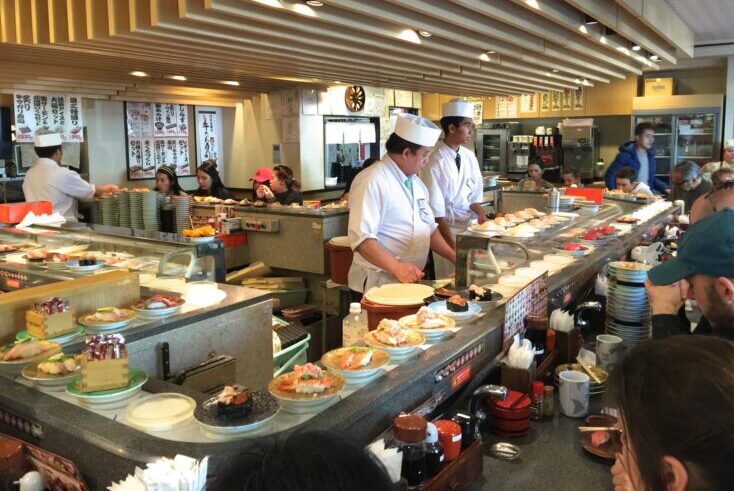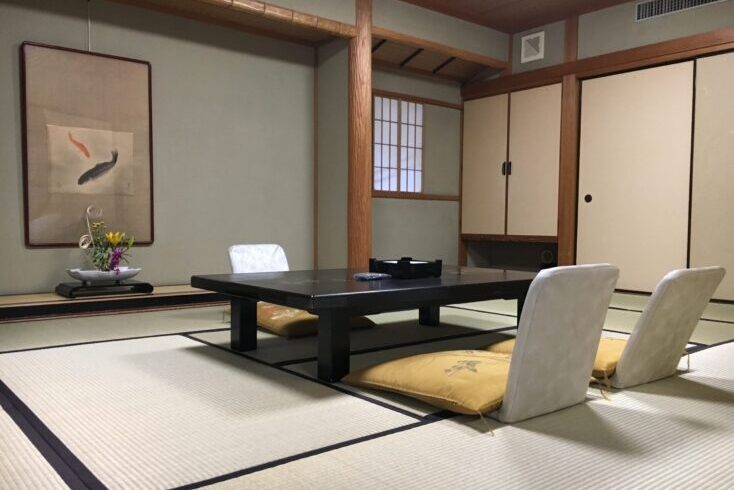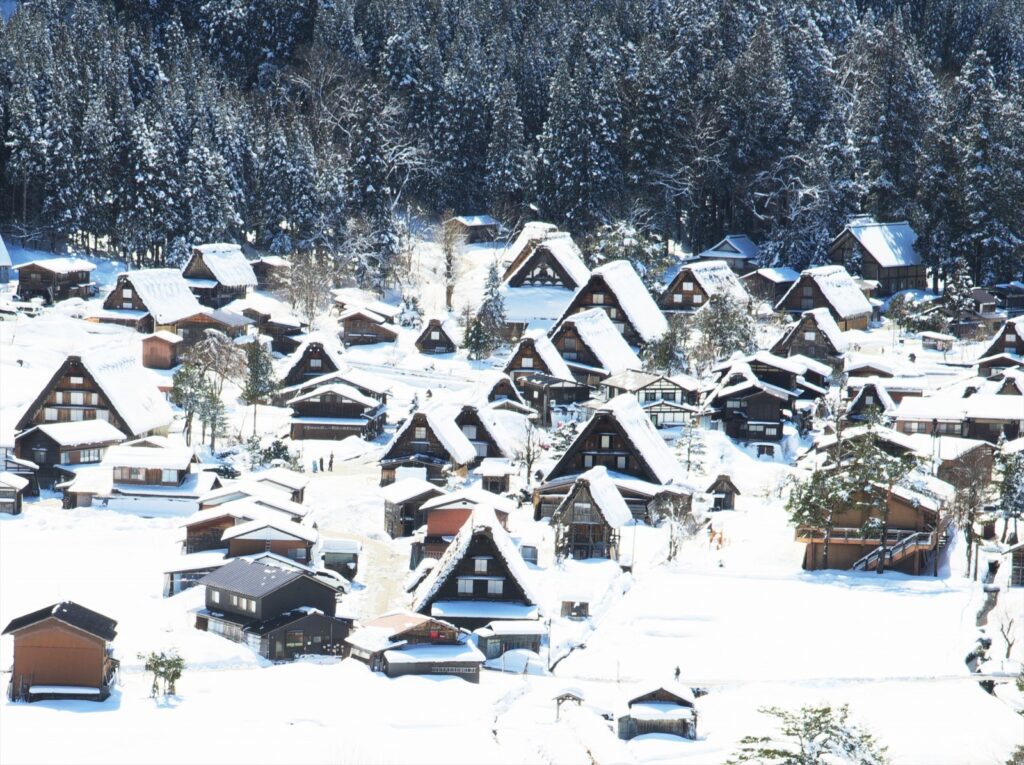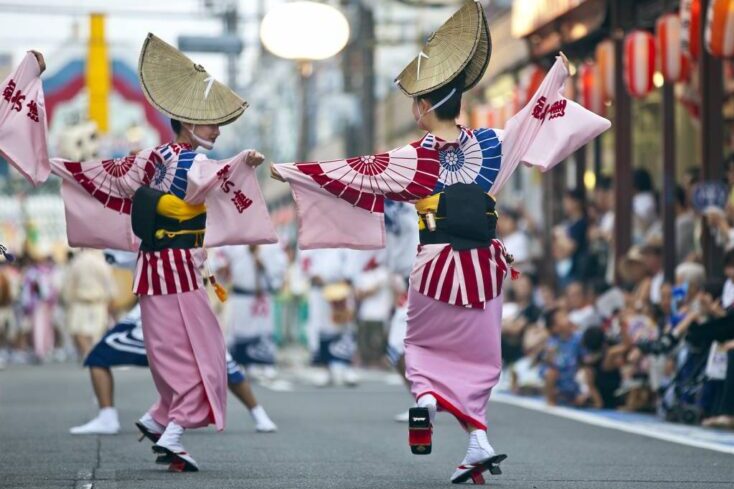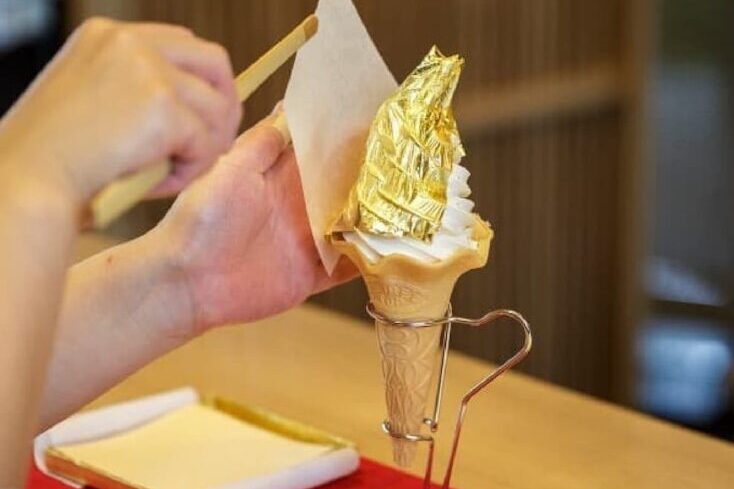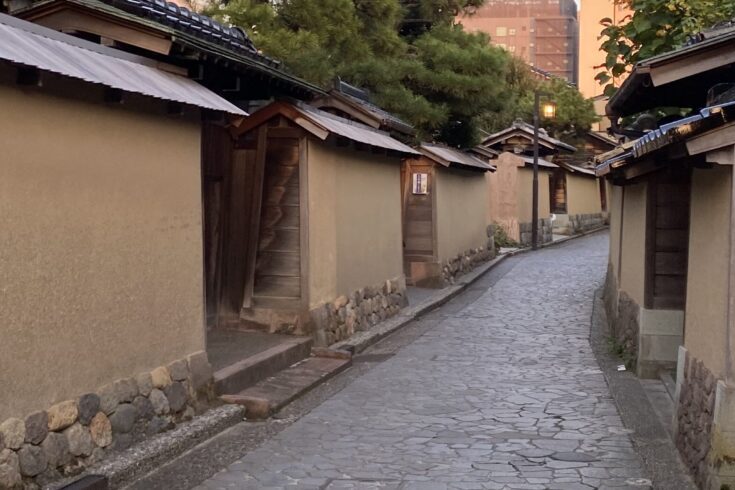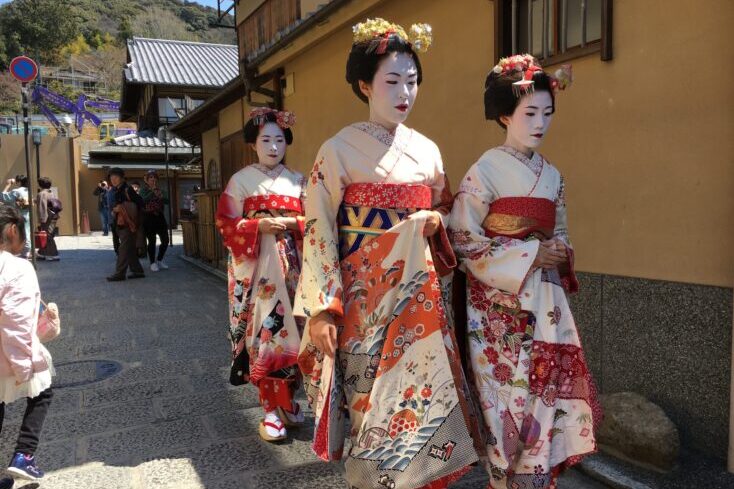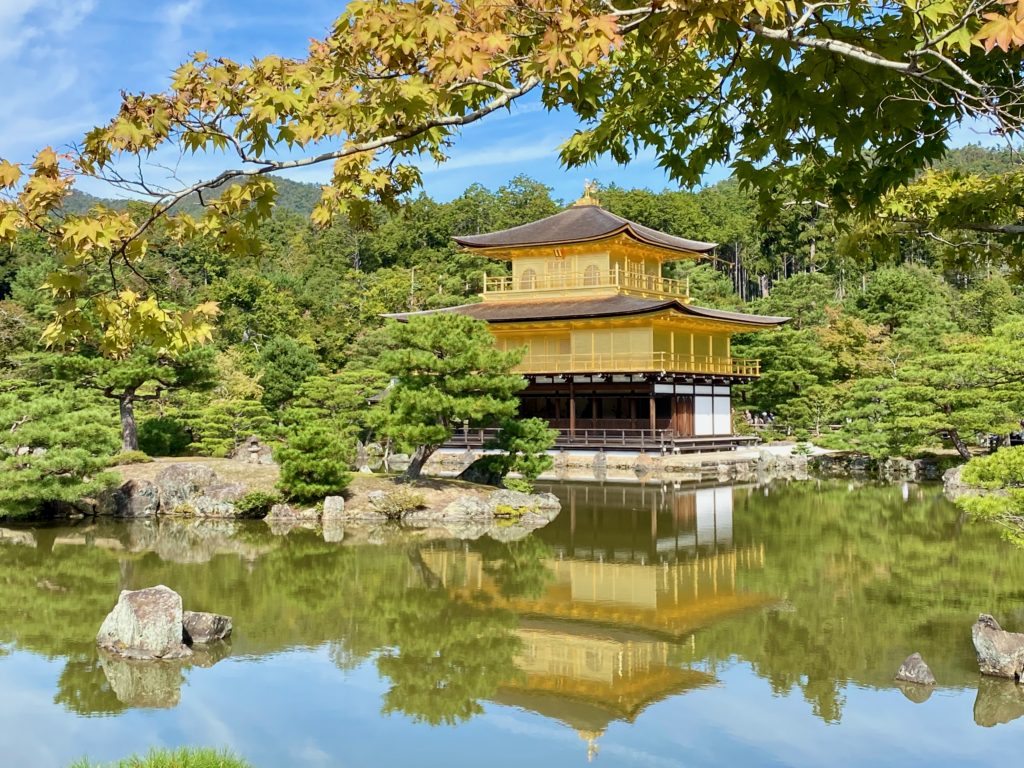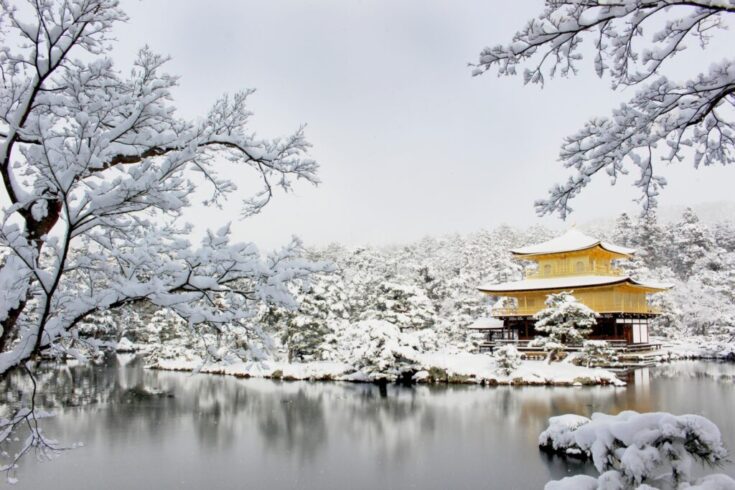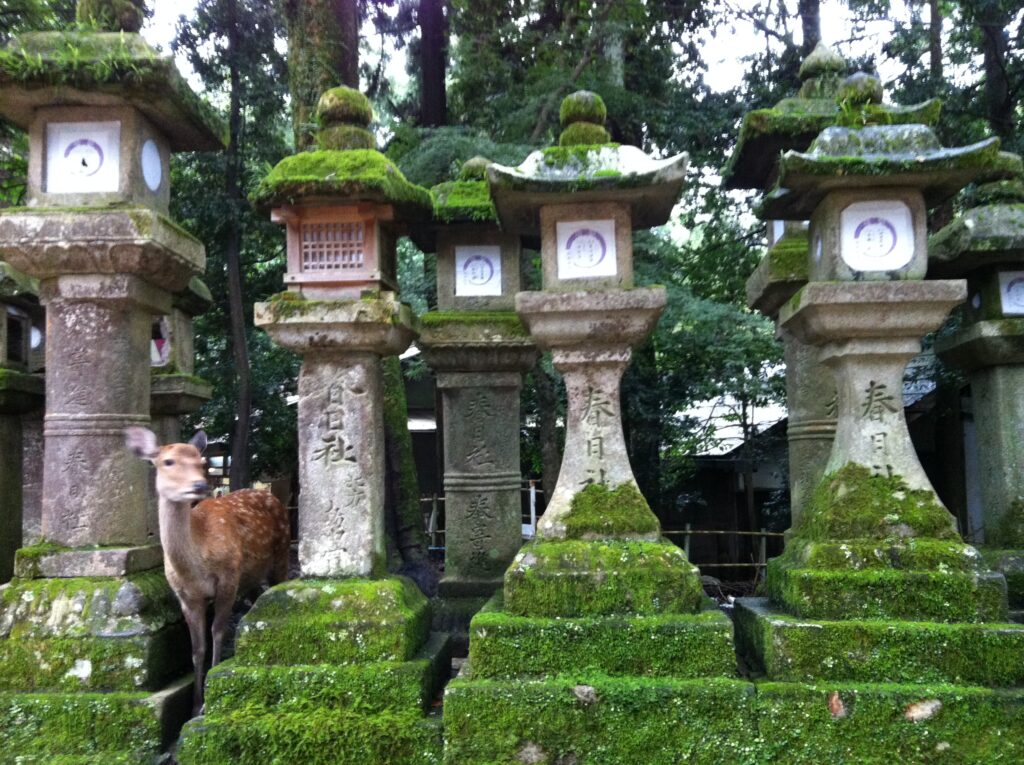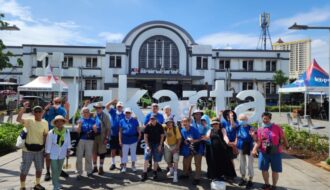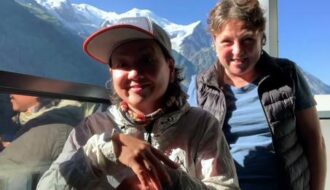A Tour for Deaf Travelers
Package from $4300
You Pick Your Season: Winter, Spring, Summer or Autumn
Sign up with us TODAY!
| TRIP DATES | SPACE LEFT | |
|---|---|---|
| October 27, 2024 - November 9, 2024 | sold out | |
| March 14, 2025 - March 27, 2025 | 10 Available | |
| October 30, 2025 - November 12, 2025 | sold out | |
| March 16, 2026 - March 29, 2026 | 10 Available | |
| July 15, 2026 - July 28, 2026 | 10 Available |
Any questions, please contact us.
Share this trip with your family and friends.
Trip Summary
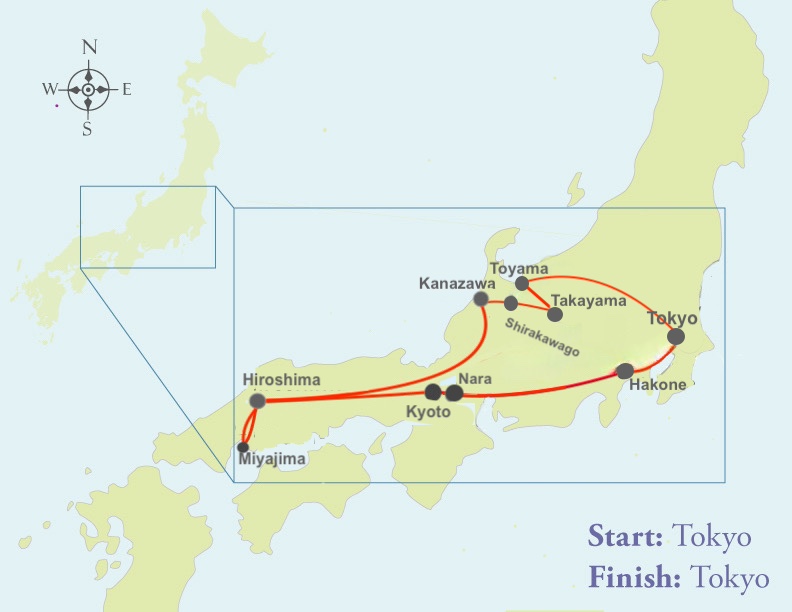
Destinations: Tokyo > Takayama > Shirakawago > Kanazawa > Hiroshima > Miyajima > Kyoto > Nara > Hakone > Tokyo
Pick your Season: Spring, Summer, Autumn or Winter. You’ll be surprised to find that scenery in Japan change with the season.
Travelers to Japan are constantly at awe at how the Japanese have managed to integrate ancient traditions and contemporary technology into their daily lives. Japan offers unparalleled attractions of old and new. There’s always something for everyone.
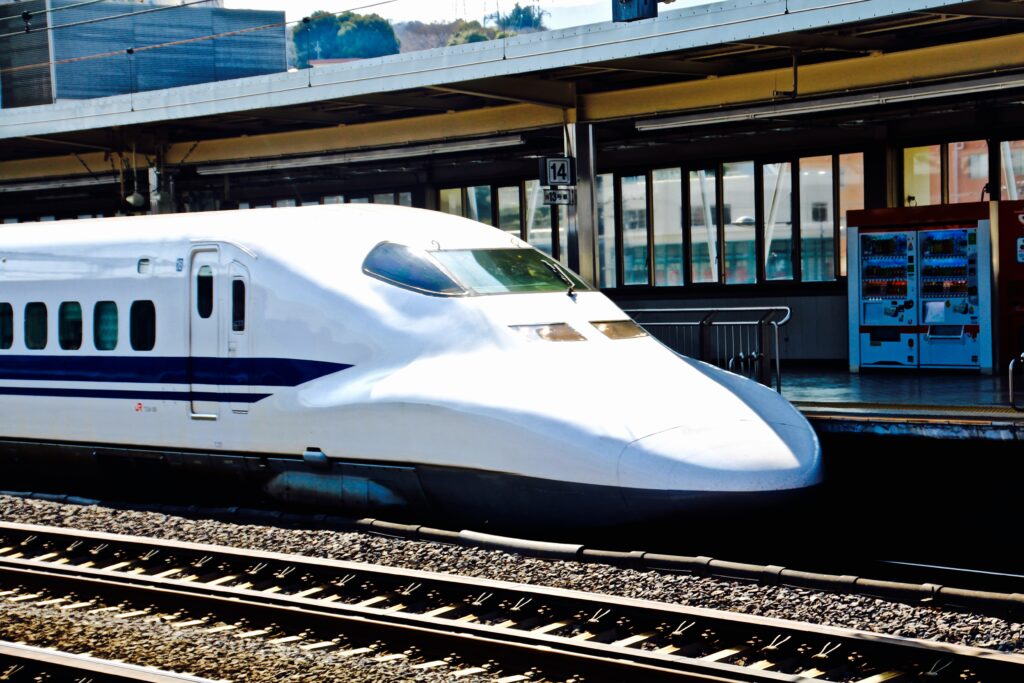
Japan has four lovely seasons. No matter what season you pick to come and visit. The famous landmarks, historic districts, temples, shrines, rivers, and mountains do not move. Only the backdrop changes with season.
You travel across Japan on the Shinkansen train (aka the bullet train). And at each destination your guide will bring you to your hotel and take you around the city by foot or using public transportation.
In the spring the Japanese Sakura trees (aka cherry blossoms) paint the country pink. The Japanese summer is full of festivals. In the autumn the mountains are colored like flames. The Japanese winter is breathtaking with snow. If you haven’t heard that Japan ranks top three with the most snowfall in the world. Aren’t you surprised
Don’t forget to check the tabs above for the itinerary and a brief description of tour activities. There is also a list of what’s included and not included on the tour.
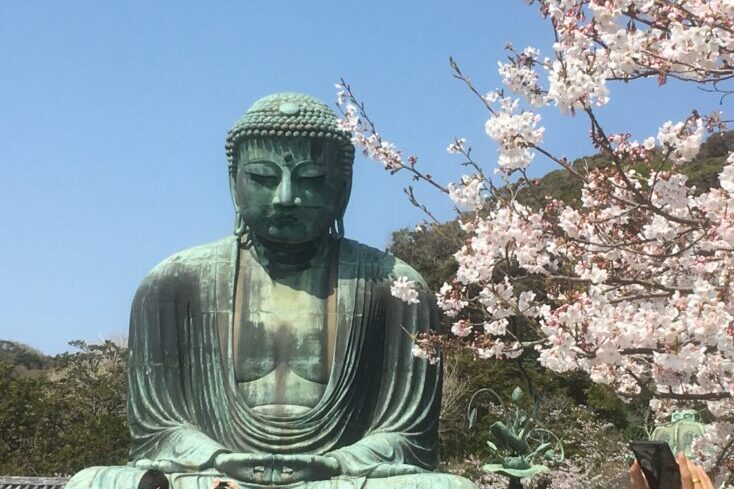
Itinerary
Arrive at Haneda Airport and be escorted to your hotel in Tokyo. You check in your room. Then your guide or conductor will show you around the neighborhood around your hotel. Meet your guides at a welcome supper by Nadeshiko Yoriai.
Hotel: TBA
Meals: Welcome Supper
Sightseeing/Activity Includes –
walking tour around the hotel and guidance to dining options.
Begin your tour in the northeast part of Tokyo. Go up the Skytree observation deck to see the great city, of Tokyo, and stop at Asakusa for the Kaminarimon, Senso-ji Temple, and the Nakamise-dori. In the afternoon, you explore the Marunouchi with the old Tokyo station and post office, and the Ginza district with the world’s most expensive estates.
Hotel: TBA
Meals: Breakfast
Sightseeing/Activity Includes – Tokyo Subway. – Skytree. – Asakusa District. – Sumida River. – Kaminarimon. – Hozomon Gate. -Senso-ji Temple. – 5-Storied Pagoda. – Nakamise Dori. – Murunouchi District. – Tokyo Station. – Kitte (Tokyo Old Post Office). – Ginza
Go to Harajuku for the Meiji Jingu, a Shinto shrine dedicated to the spirits of Emperor Meiji and his wife, and the Takeshita-Dori, a street with quirky shops and people dressed up in cosplay. The afternoon is in Shibuya with the famous Hachiko statue, the scramble crosswalk, and the Shibuya Sky with an open observation deck. Then a Deaf social event.
Hotel: TBA
Meals: Breakfast, Deaf Social
Sightseeing/Activity Includes – Harajuku District. – Meiji Jingu. – Takeshi-Dori. – Design Festa Gallery. – Harajuku Omotesando. -Catwalk Street. – Shibuya District. – Hachiko Statue. – Shibuya Cross Walk Scramble. – Shibuya Sky. – Deaf Social
Ride the Shinkansen (the bullet) to Toyama city, nestled between the sea and the mountains. Cruise in a boat along the Matsukawa River through history and nature. You see the Toyama Castle, the Ikedaya Yasube Shoten, an ancient Japanese pharmacy, and the Toyama Glass Art Museum with unique architecture and glasswork on display.
Hotel: TBA
Meals: Breakfast
Sightseeing/Activity Includes – First Shinkansen ride. – Toyama City. – Matsukawa River Cruise. – Toyama Castle. – Ikedaya Yasube Shoten Pharmacy. – Toyama Art Glass Museum. – Japanese North Alps mountain range. – Takayama Old Town.
Walk through Takayama, an old town in the mountainous region of Japan. The town was founded in the 16th century. You see the Miyakawa Morning Market, the old residences of wealthy merchants, and enter the Takayama Jinya, the only remaining government office built by the Shogun. You have free time at the old Sannomachi street with shops.
Hotel: TBA
Meals: Breakfast
Sightseeing/Activity Includes – Takayama Old Town. – Miyakawa Morning Market. – Street of Wealthy Merchant’s Residence. – Sakurayama Hachimangu Shrine. – Takayama Matsuri Yatai Kaikan. – Takayama Jinga (Old Shogun branch office). – Sake Breweries. – Free Time at the old Sannomachi Street with shops. – Hida beef dinner (optional)
Immerse yourself at Ogimachi village in Shirakawago. The village is a UNESCO World Heritage Site, famous for its old traditional Gassho-Zukuri houses. You go up to the Shiroyama observatory for a picturesque view of the whole village and enter one of the houses. A farm-style lunch is included at Iroi, the local restaurant. And you’ve free time to explore the village on your own.
Hotel: TBA
Meals: Breakfast, Lunch
Sightseeing/Activity Included – Hida Mountains. – Ogimachi Village. – Shiroyama Viewpoint. – Village Walk. – Gassho -Zukuri Houses. – Enter the Kanda-Ke house. – Ogimachi Bridge. – Homestyle Lunch. – Free Time at the Ogimachi Omotesando.
Embark on a historic tour of Kanazawa, visiting different districts. You see the Omichiho fish market, the Oyama shrine with an interesting gate, the ruins of the Kanazawa castle, the Higashi Chaya with its original tea houses, the Nagamachi with Japan’s best preserved Samurai districts, and the Kenrokuen which is one of Japan’s top Zen gardens.
Hotel: TBA
Meals: Breakfast
Sightseeing/Activity Includes – Omichiho Market. – Oyama Shrine. – Kanazawa Castle. – Kenrokuen. – Kinpakuya Sakuda Gold Shop. – Higashi Chaya Tea Houses. – Nagamachi Samurai District. – Enter the Nomura-Ke (former residence of a Samurai). – Kanazawa Sushi Dinner (optional).
Remembering Hiroshima, the city where the first atomic bomb was dropped. You embark on a guided walking tour of the Peace Memorial Park, stopping at various landmarks, and sites with stories. And you enter the Peace Memorial Museum with testimonials of the bomb. The evening is hanging out at the Hondori street.
Hotel: TBA
Meals: Breakfast
Sightseeing/Activity Includes – Hiroshima Streetcar. – Peace Memorial Park. – Atomic Bomb Dome. – Atom struck Jizoson. – Hypocenter. – Motoyasubashi Bridge. – Rest House. – Children’s Peace Monument. – Flame of Peace. – Hiroshima Victims Memorial. – Cenotaph. – Peace Memorial Museum. – Hondori Street. – Okonomiyaki Village.
Sail across the Sea of Japan on a ferry boat to Miyajima island. The island is famous for its giant bright red torii gate, the Itsukushima shrine that floats on the sea, the Daisho-in Buddhist temple with an everlasting flame, and not to mention the natural beauty, the many deer and oysters. You have free time at the Omotesando Arcade to sample foods.
Hotel: TBA
Meals: Breakfast
Sightseeing/Activity Includes – Ferry ride to Miyajima Island. – Oyster Farming Rafts. – Miyajima Deer. – Giant Tori Gate. -Itsukushima Shrine. – Daisho-in Temple. – Momijidani Park. – Senjokaku with 5-storied Pagoda. – Omotesando Arcade, and Grilled Oysters for Lunch (optional).
Kyoto, we come! Your first sight of Kyoto is at Fushimi Inari, the shrine famous for its thousands of red tori gates that trail to the top of Mt. Inari. In the afternoon you visit the Kiyomizudera temple, a UNESCO World Heritage Site in the Higashiyama district with the Yasaka pagoda and shrine. Evening is at Gion where the Geshia live, work, and play.
Hotel: TBA
Meals: Breakfast
Sightseeing/Activity Includes – Second Shinkansen ride to Kyoto. – Kyoto JR Station Guidance. – Fushimi Inari Romon Gate. – Fushimi Inari Taisha. – Senbon Tori Gates (trail of gates). – Kitsune Fox Statues. – Higashiyama District. – Sannenzaka stairs. – Kiyomizudera Temple. – Otowa Waterfall. – Yasaka Pagoda. – Yasaka Shrine. – Gion District with Geisha.
See the famous Kinkakuji temple covered in gold, and the Nannaji temple a UNESCO with a cherry blossom grove, or the Ryōan-ji with a rock garden with Autumn leaves. The rest of the afternoon is at Arashiyama, Kyoto’s second-most important sightseeing district with more natural scenery, shrines, and temples including the famed bamboo forest.
Hotel: TBA
Meals: Breakfast
Sightseeing/Activity Included – Kinkakuji (Golden Pavilion). – Ryoanji Temple or Ninnaji Temple. – Arashiyama District. -Togetsukyo Bridge. – Cormorant Fishing (summer). – Tenryuji Temple. – Arashiyama Bamboo Groves.
Visit Nara, Japan’s first permanent capital, established in 710 AD. Many deer will greet you in a park. You see the famous Todaiji temple with a huge statue of Buddha inside and the Kasuga Taisha, one of Japan’s most celebrated Shinto shrines that has many lanterns. The afternoon is free time at Kawaramachi with shops, galleries, and cafes.
Hotel: TBA
Meals: Breakfast
Sightseeing/Activity Includes – Nara Park. – Hyuji Temple or Nandaimon Gate. – Nara Deer. – Todaiji with the Daibutsuden. – Nigatsudo. – Nigatsudo Hall. – Mount Wakakusayama. – Kasuga Taisha. – Kofukuji temple.
Traverse the Fuji-Hakone-Izu National Park on five kinds of vehicles, the switchback train, cable car, and ropeway through the sky to a volcano crater. And sail across Lake Asahi on a cruise ship. On a clear day, you may see Mt. Fuji. In the afternoon check in your ryokan with the traditional tatami room and natural hot spring onsen. A Sayonara dinner is included.
Hotel: TBA
Meals: Breakfast, Dinner
Sightseeing/Activity Included – Third Shinkansen ride. – Hakone Yumoto Onsen Resort. – Hakone National Park. – Lake Asahino. – Hakone Shrine. – Owakudani. – Hakone Ropeway. – Hakone Tozan. – Mt. Fuji. – Onsen Bath and Traditional Japanese inn with a Sayonara Dinner.
Time to say sayonara, and be escorted from your hotel to the Shinkansen for your departure at Hanada Airport.Hakone to Airport
Meals: Breakfast
Trip Summary
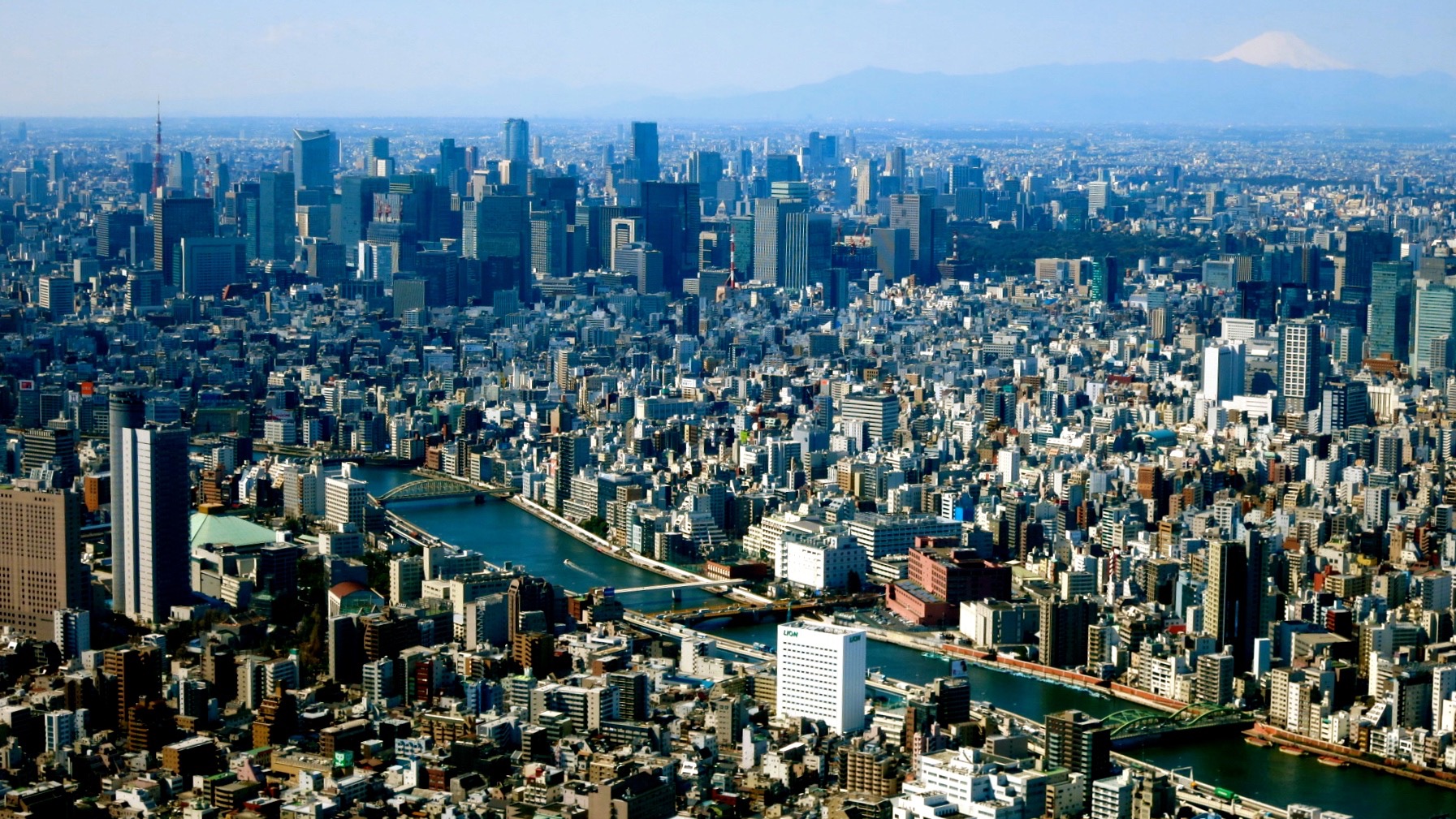
On this tour, you will visit the mega city, Tokyo, some traditional towns and the quaint village, Shirakawa-go with Japanese style thatched roofs. The towns and the village are picturesque in all four seasons.

Learn the unforgettable history at the Hiroshima Memorial Peace Park and museum with stories about the atomic bomb. The park is lovely and changes with season with picnic events under the trees to outdoor cafes offering hot drinks, blankets, and outdoor heaters.
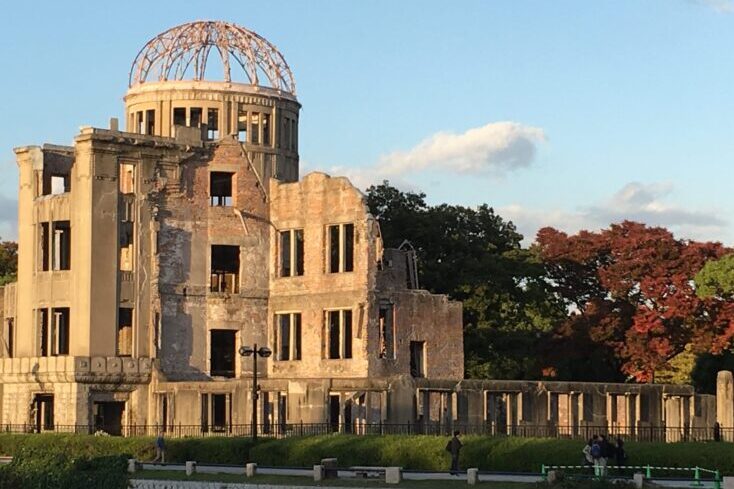
Come and enjoy the natural beauty of the Hakone with the terminally- heated mineral water baths at an onsen. The Hakone region that changes with the seasons. You may be lucky to see Mt. Fuji snow-capped more or less any time of the year.
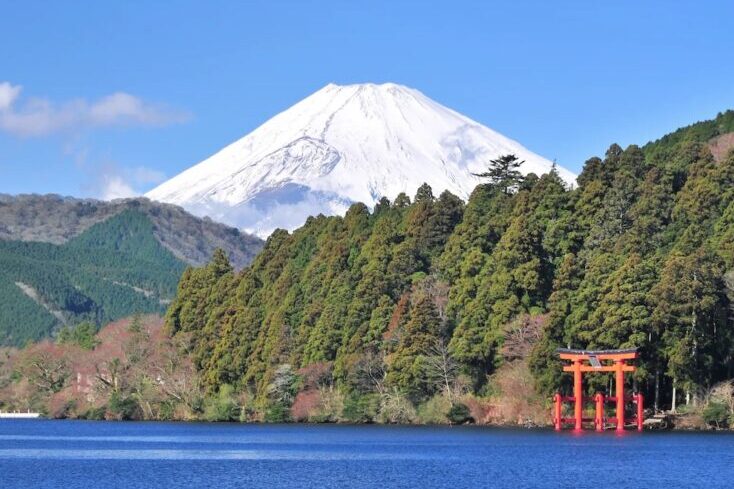
Visit Kanazawa, an amazing castle town with Japan’s best-preserved samurai district, and the Chaya district with the old tea houses. And not to mention the Kenrokuen, one of Japan’s famous Zen gardens is scenic in all four seasons.
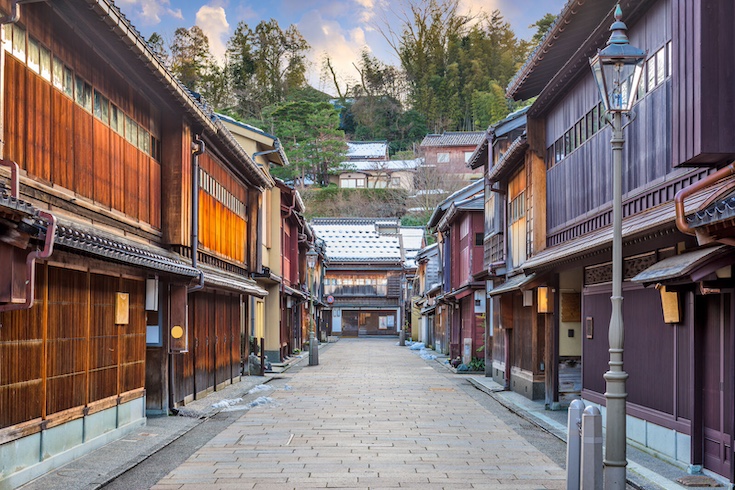
Discover Kyoto the city with many historic districts with temples, shrines, tea houses, palaces, gardens, traditional ryokans, restaurant and more. Kyoto is one of the most visited city in Japan and is beautiful in all 4 seasons.
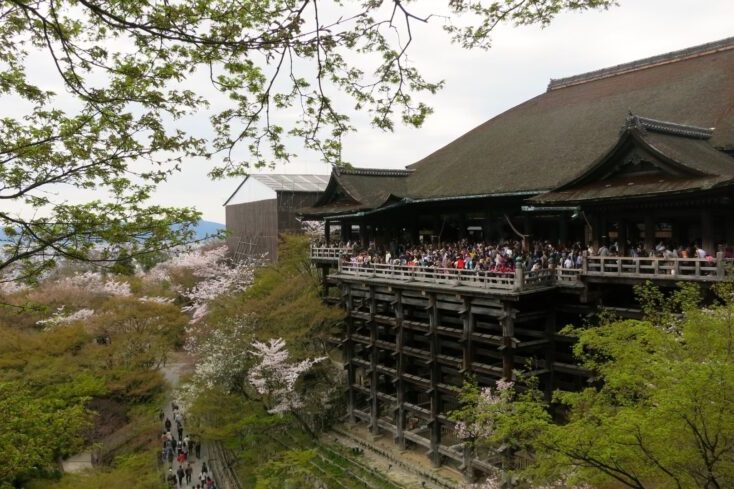
Explore the isolation of Miyajima Island with the Itsukushima torii gate and the shrine that seems to float on water. The island is one of Japan’s most scenic spots and in all four seasons, there’s change in the scenery.
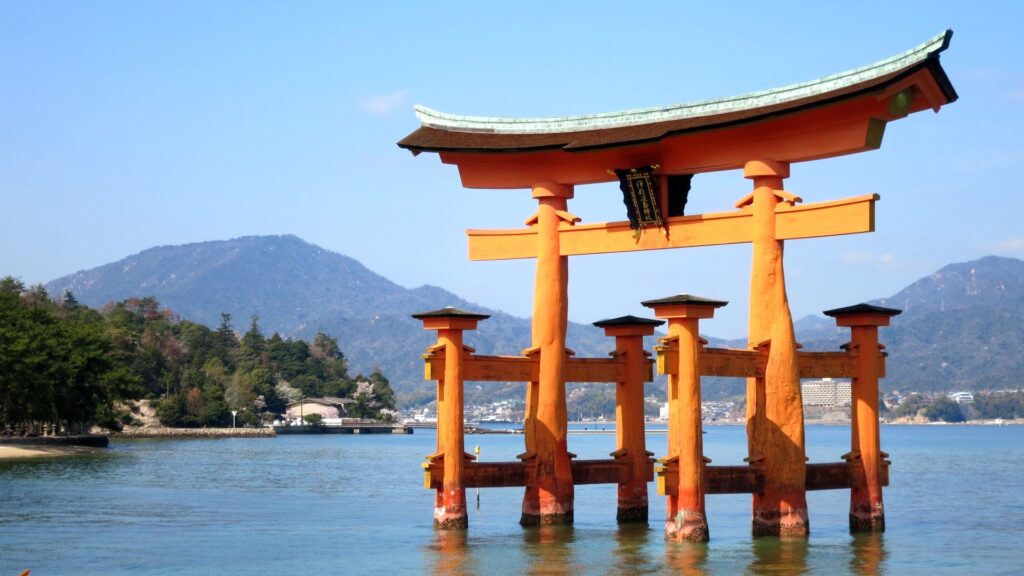
Also included are the famous landmarks in-between some of the cities and towns. There are plans to see the huge Buddha statue at the Todaiji temple in Nara Park, Walking the trail of thousands of vermillion-colored tori gates at Fushimi Inari, and through a bamboo grove in Arashiyama.
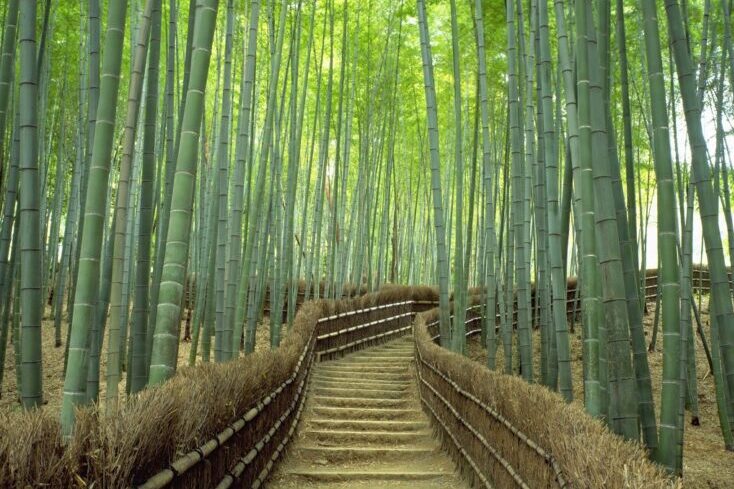
You have free time at some of Japan’s districts with markets, sake breweries, galleries, and speciality shops that sell traditional and contemporary Japanese arts and crafts in the different cities you stay overnight.
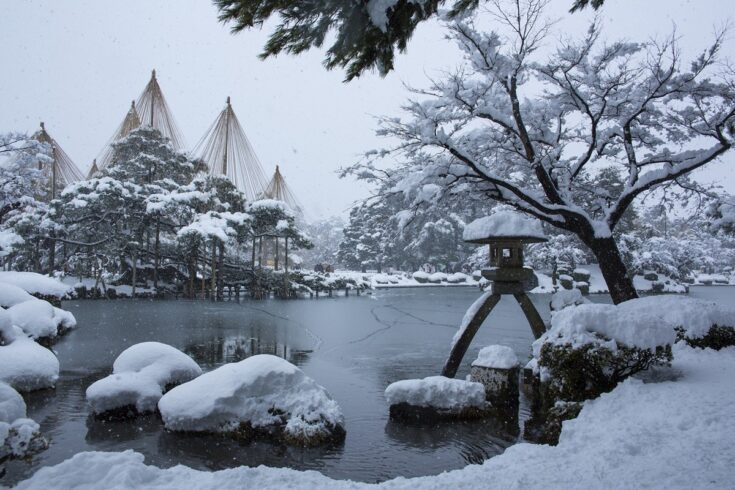
Includes/Excludes
Includes
- Airport transfers
- JR Shinkansen and express train ticket with seat reservations
- 13-nights double occupancy room (3 or 4 stars hotels and 1 traditional ryokan with onsen)
- Meals (13 Breakfasts, 1 Lunch, 2 Suppers, 1 Dinners)
- Admission fees to parks, temples, observatories and other sites heritage sites
- Takkyubin Luggage delivery services (required for some travel days)
- City passes for public and tourist transit
- Hakone Free Pass
- Nohi Highway Express Bus
- Two Free Lessons Japanese Sign Language
- An electronic handbook with a list of tips, suggestions, and more
Not Included
- International airfare
- Flight insurance
- Travel Insurance
- Visas for those required
- Meals not mentioned on the itinerary
- Alcohol, beverages, desserts and snacks
- Activities not mentioned on the itinerary
- Personal expenses such as laundry, internet, and hotel souvenirs
- * The tour does not include kimono dressing, tea ceremony or other cultural activities. if you wish to experience a tea ceremony or dress up in a Japanese kimono, you will need to request an appointment and pay in advance. Note refunds on cancellations are not likely.
